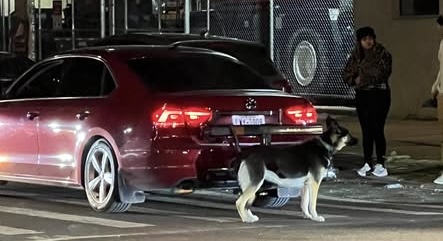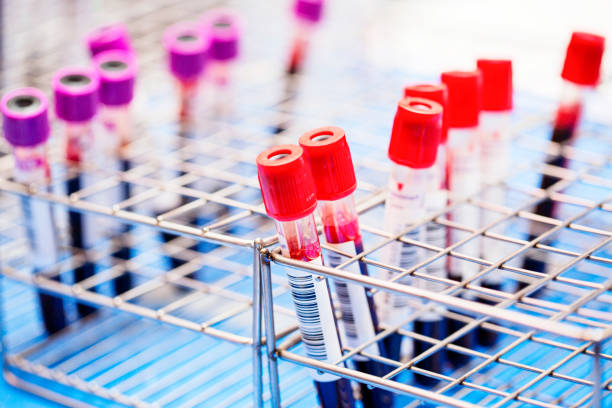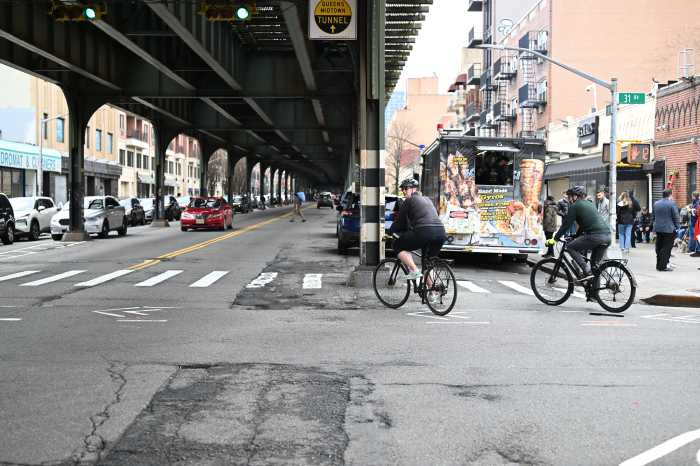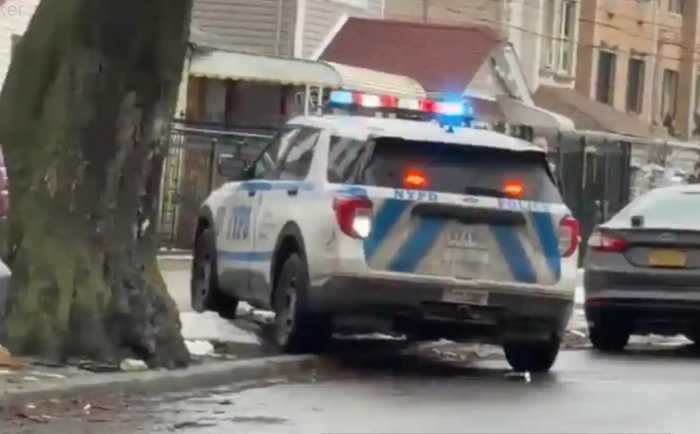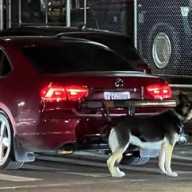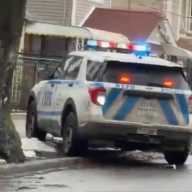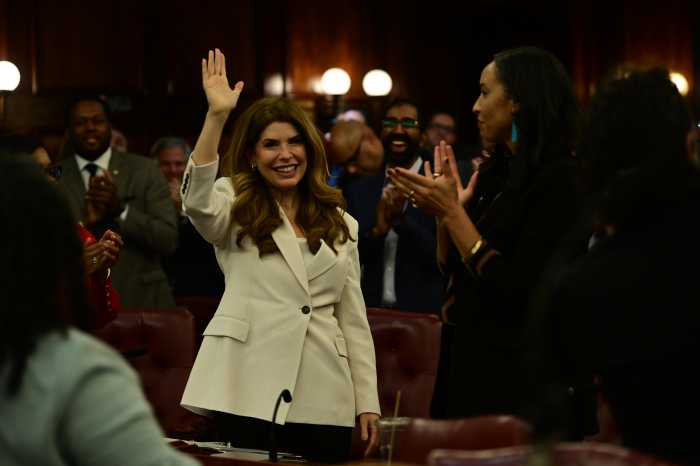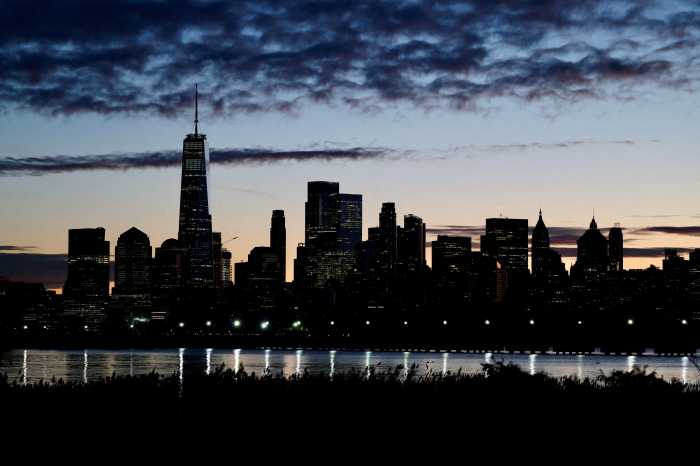By Dave Paone
In the summer of 1945, Paul Stein was 19 years old, in the Navy and part of the first group of Americans to enter Japan after the bombs were dropped and the country had surrendered.
“I saw people who were burnt by the bomb,” he said. “It was devastating.”
Pearl Harbor
Pearl Harbor was just before Stein’s 16th birthday. He was at a party at his cousin’s house in New Jersey, dressed in a zoot suit, listening to music on the radio, while swinging the chain clipped to his pants.
The music stopped and the news of the Japanese bombing of the U.S. naval base in Pearl Harbor, Hawaii, was announced. Neither Stein nor anyone he knew had any knowledge of what or where this place was. Within days of the news many of the boys in Stein’s Brooklyn neighborhood enlisted. In the following months, Stein was eager to enlist as well but was still in high school and underage.
However, there was a provision that allowed teens to enlist if their parents signed a document stating their approval. Stein and his pal, Bernie, decided to take advantage of this.
The pair went to an armed forces recruiting center in Manhattan and attempted to join the Marines.
They told the recruiting sergeant, “We want to get into the fight before the war ends.”
The sergeant agreed, gave them the documents for their parents to sign and then said they’d have to wait for 30 days because their boot camps were full.
Stein and Bernie looked at each other. “Thirty days? The war’s going to be over,” Stein said.
The sergeant suggested they go to the nearby Navy recruiting center because they didn’t have a wait.
“And that’s how I wound up in the Navy,” Stein said.
Military Service
Stein reached the ranks of gunner’s mate third class and diver second class. This included a skill in underwater demolition, which was utilized for the Normandy invasion.
Moments before the Allied invasion of Nazi-occupied France on June 6, 1944, 18-year-old Stein and his team on the USS Vulcan were given the job of blowing up the steel crossbeams the Germans had placed along the beach in anticipation of the invasion.
Victory Europe Day
On May 8, 1945, when the Germans surrendered, Stein was stationed in the Pacific and heard the news over his ship’s PA system which was followed by cheers from the crew.
“We figured we were going home now,” he said, “but no, we still had the Japs to contend with.”
Ready to Invade Japan
Stein found himself stationed at the Ulithi atoll in the Pacific along with a good percentage of the U.S. Navy.
“We may have had anywhere between 200 and 250 ships anchored there at the ready to go into Japan for the invasion,” he said. “We had transport ships, we had aircraft carriers… two or three battleships, cruisers, destroyers, destroyer escorts and of course, mine sweepers.”
The Bombs and Surrender
On Aug. 6, 1945, the United States dropped the first atomic bomb on the Japanese city of Hiroshima. Three days later it dropped a second one on Nagasaki.
However, the rank-and-file of the US military was not aware of these missions.
“I don’t think anyone knew except the big brass,” said Stein.
He attended a USO show performed aboard his ship. An announcement over the PA system interrupted the performers. “Japan has surrendered” was what it said.
“And everybody went wild,” said Stein.
But there wasn’t a lot of celebrating for Stein and his shipmates. While many of the others anchored there received orders to go home, their job was done. But Stein and his crew still had more work to do.
There was a dock in the port city of Kobe, Japan, which was full of “suicide subs,” small, one- or two-man submarines loaded with explosives designed to ram American ships, kamikaze-style. The Navy utilized Stein’s diving and demolition skills to destroy these and other vessels.
After Kobe their next stop was Hiroshima.
“Everything was leveled except two or three buildings,” said Stein.
He came across a steel safe which was melted to the point it was unrecognizable until he got close enough to see the combination dial.
The Enemy Has a Face
While in Japan the American sailors gave candy and sticks of chewing gum to the local children. They’d run out from the woods, grab a piece and run back. This went on for several days, but then after a while they would no longer retreat.
Eventually the elders of the community joined them. Stein had a face-to-face conversation with one local. “He surprised me. He spoke perfect English,” said Stein.
He told Stein his story: He was Japanese-born but was attending a university in California. He was back home visiting his family when the war started and found himself stuck in Japan for the duration.
“These people were people who, unfortunately, were the ones who had to suffer for whatever happened in Japan due to the ones who were trying to run the country and got the country into war,” Stein said.
Postwar New York
After the war Stein returned to New York City, making a home for his family in a newly constructed housing development in Bayside. This 800-unit complex was built shortly after the war, strictly as veterans’ housing. It was the first development in America for World War II veterans.
Stein is currently president of its co-operative board and has been for 10 years. In 1991 the duplex apartments became available to the general public.
It’s been a long time since the war and Stein has never held a grudge against the Japanese.
“I drive a Toyota,” he said.
That certainly sounds like forgiveness.

